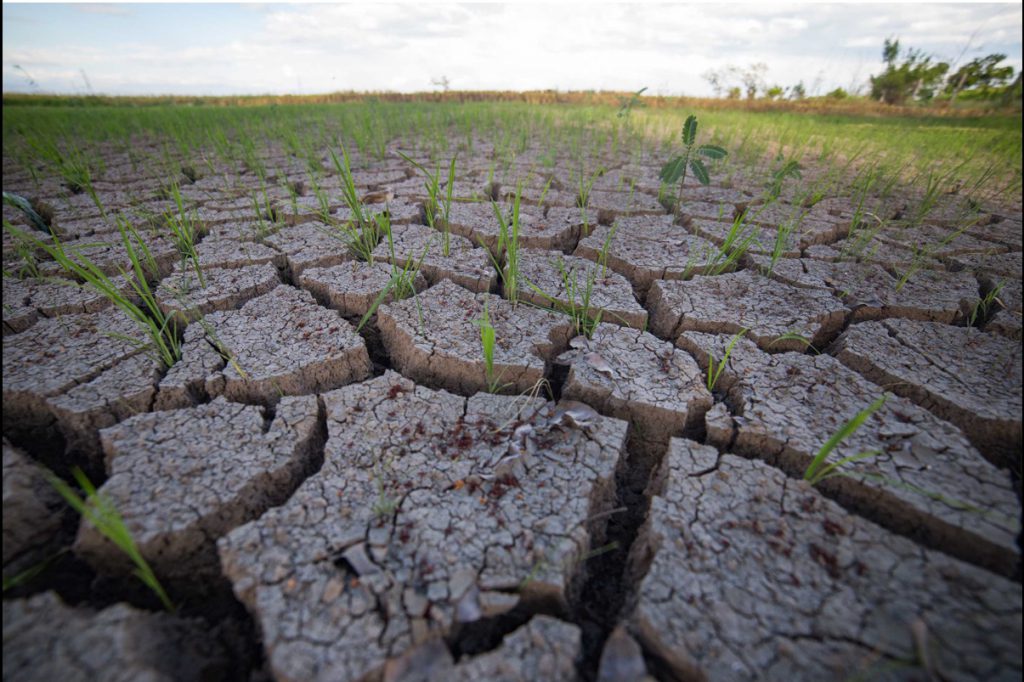
With extended dry spell, Philippine Rice Information System (PRISM) researchers cautioned farmers in El Niño-affected provinces to practice proper water and farm management techniques.
Dr. Eduardo Jimmy P. Quilang, PhilRice’s OIC Deputy Executive Director for Research and PRISM expert advised farmers in irrigated areas to continue planting to cover the production needs of areas that can no longer plant due to absence of water. كأس العرب 2024
“These irrigated areas should
consider synchronous planting to prevent pest infestation. Farmers from
irrigated areas should also coordinate well with the National Irrigation
Administration regarding the schedule of water supply in their area,” Quilang
stated.
For areas with limited water and
for those who use water pump, farmers are encouraged to practice direct seeding
to reduce production time by an average of 10 days. The use of 60-80 kg/ha
seeds is also recommended.
Experts also advised farmers to
plant short-duration varieties, such as PSB Rc 10, NSIC Rc130, and NSIC Rc 134,
which can be harvested after 104-110 days. Farmers can also opt for rainfed
suitable varieties including NSIC Rc 192 and PSB Rc 68, and upland suitable
varieties like NSIC Rc 23.
Alternate Wetting and Drying and
Aerobic Rice Technology are also recommended to strengthen rice crops by
deepening the crop’s roots.
Farmers avoiding risk can also
try other sources of livelihood in the farm. Aside from rice crops, they can
also tend livestock and plant crops with less water requirement like corn,
watermelon, mungbean, and other vegetables.
Using Synthetic Aperture Radar
(SAR) images, PRISM identified Western
Visayas, Zamboanga Peninsula, Bicol Region, SOCCSKSARGEN, Cagayan, and MIMAROPA
as provinces currently affected by drought. This is in addition to the earlier
list of provinces released by Department of Agriculture, which included
Occidental Mindoro, Zamboanga Sibugay, Zamboanga del Sur, Zamboanga City,
Misamis Oriental, Davao del Sur, Cotabato, and Maguindanao. An estimate of
P377.85 M worth of damaged rice has been reported from these provinces. طول كريستيانو رونالدو
As of March, PAGASA identified
about 2,000 ha intensely hit by drought. The total standing rice crop at risk
of drought damage is 119,166 ha while 658,806 ha might be exposed to dry spell.
Most of these rice crops are either on reproductive or ripening stages. سباق خيل
“Aside from doing these practices
and using the recommended technologies, we also highlight the importance of
insurance for farmers. This will help them recover from unexpected losses in
times of El Niño and other calamities,” Quilang added.
Local government units in affected
areas are also encouraged to establish rainwater harvesting or small water
impounding projects.
For additional information on El
Nino, farmers can contact PhilRice Text Center (0917- 111-7423) or visit PRISM
website at https://prism.philrice.gov.ph/.




